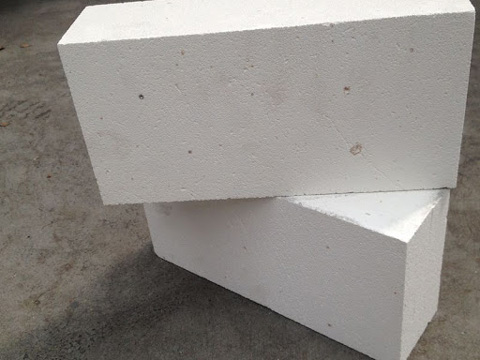
Bricks have been used as standard building material for centuries and were first produced from mud. The use of locally available clay and the use of kilns gave bricks that were stronger and durable. Bricks are nowadays made with lightweight material that produces bricks that are very strong and give an enormous advantage to structures because of the lesser load they impose on them.
Bricks have always been considered a basic unit for any building construction and the building industry felt the need for alternatives. This led to the development of lightweight concrete in which air bubbles were added to the mortar. These air bubbles greatly helped to reduce the weight of the brick while it also led to improving the looks of the finished product. It allowed for increasing the dimensions of bricks, which in turn led to fewer joints. As these bricks are produced through a manufacturing process using machinery, they allowed for better finishing standards.
Lightweight bricks are also fire resistant and have an increased energy efficiency. Buildings constructed with them will be able to maintain moderate temperatures inside them, and this can lead to lower energy bills for any HVAC system. Some lightweight bricks are manufactured with part of the aggregate in the cement mortar being replaced with other insulation materials that are bio-degradable. When lightweight bricks are manufactured from cement mortar they increase in strength as they grow older and are exposed to the atmosphere.
A great advantage with these bricks is that are uniform in shape and have a strength that is vastly superior to conventional clay bricks. They are also able to give a very good acoustic performance and are therefore ideal for partition walls between living spaces. They also have an increased resistance against earthquakes and their lightness will cause less damage to people even when the structure collapses.

